SAHMRI | South Australian Health and Medical Research Institute / Woods Bagot
______________________________________________________________________
LOCATION – Adelaide SA, Australia.
The objective of the assignment is to understanding and decoding the algorithm and script behind the selected existing facade.
The project by Woods Bagot includes an innovative facade design, provides approximately 25,000 square metres of space in an iconic and sculptural form in the heart of Adelaide’s new medical and health precinct west of the city.
The iconic facade is characterised by a striking transparent curtain wall that unifies the organic diamond-shaped plan while showcasing the two atria inside the building. It is inspired by the skin of a pine cone, the building’s unique triangulated diagrid facade responds to its environment as a living part of it.
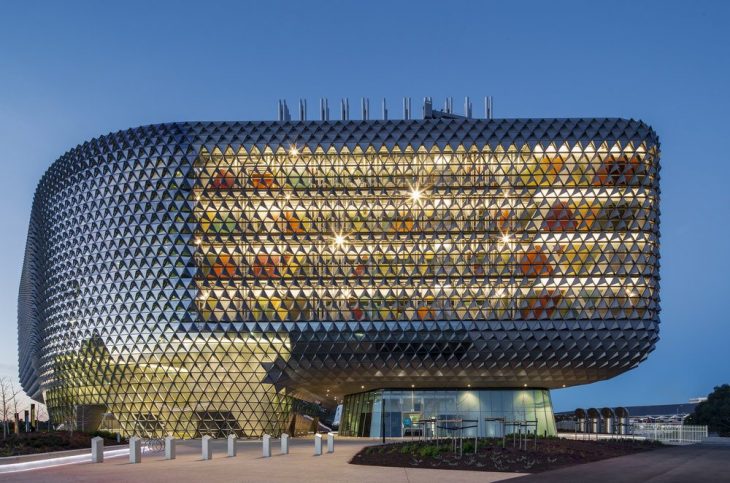
Source –
https://www.archdaily.com/533388/south-australian-health-and-medical-research-institute-woods-bagot
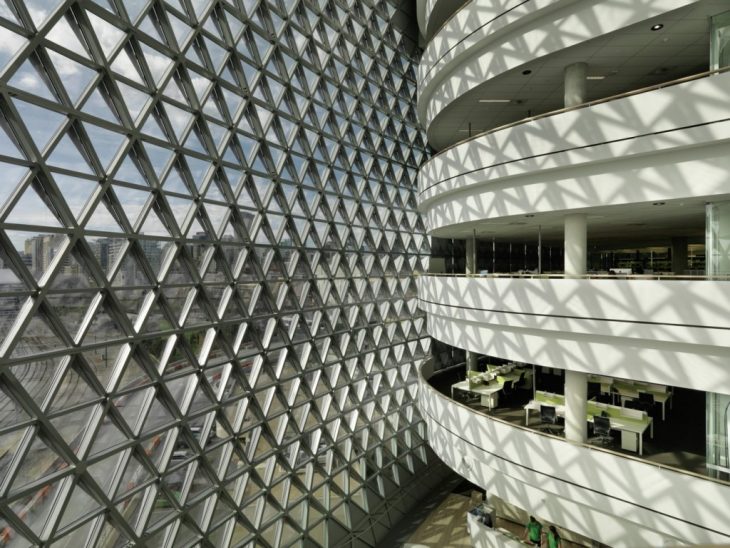
Source –
https://www.archdaily.com/533388/south-australian-health-and-medical-research-institute-woods-bagot/53daf54dc07a80595e0003e0-south-australian-health-and-medical-research-institute-woods-bagot-photo
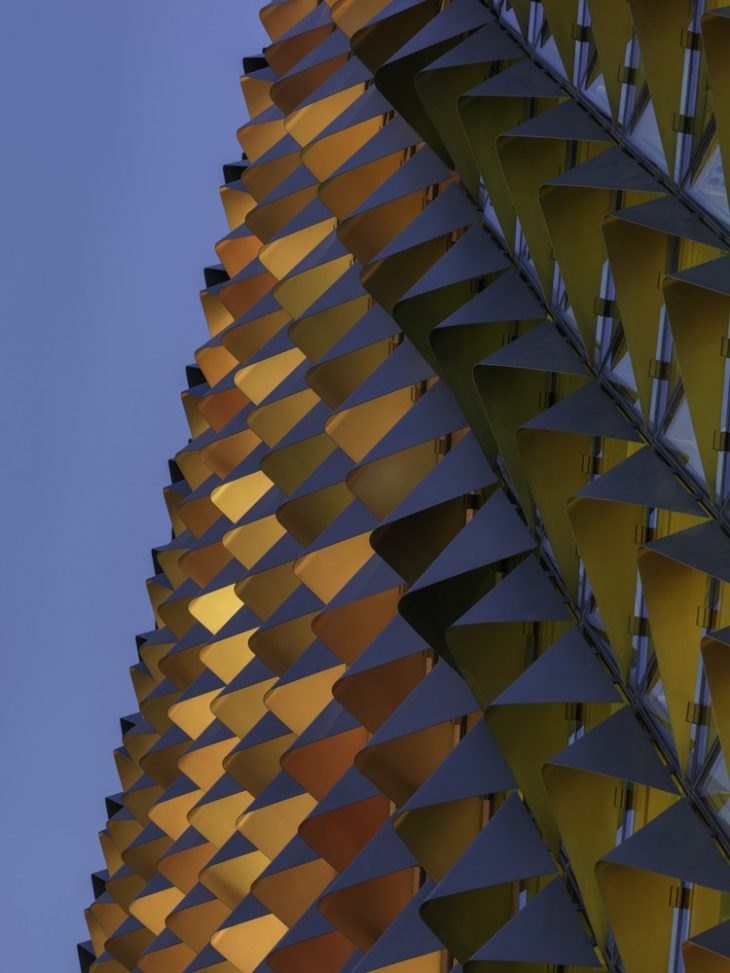
Source –
https://www.archdaily.com/533388/south-australian-health-and-medical-research-institute-woods-bagot/53daf592c07a80452b000422-south-australian-health-and-medical-research-institute-woods-bagot-photo
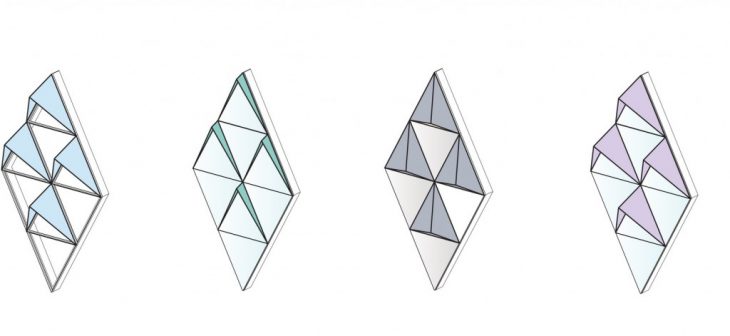
Source –
https://www.archdaily.com/533388/south-australian-health-and-medical-research-institute-woods-bagot/5436ed1fc07a80a74a000035-south-australian-health-and-medical-research-institute-woods-bagot-facade-shading-diagram
The openings of the facades vary on every facade as it has different exposures to the sun and hence there is a variation in the all around the building.
__________________________________________________________________________________________
PSEUDO CODE –
Step by Step break down :
- Identifying the kind of panels that the facade is composed of.
- Applying Triangular Grid to the surface to extract panels.
- Extracting these panel surfaces separately.
- Finding Centroids of Panels A to act as an anchor point to move the surface.
- Move the centroid along the normal of the facade using the vector of the point and in the Z direction.
- Using it as an anchor point extrude the panel edges to point.
- Extracting edges of the panels and using offset to create thickness for a frame of the structure.
- The main parameter being the Anchor point, can be varied depending on the given data of the given place in order to optimise Daylighting.
__________________________________________________________________________________________
DESIGN OUTPUT –
ITERATION 1 –
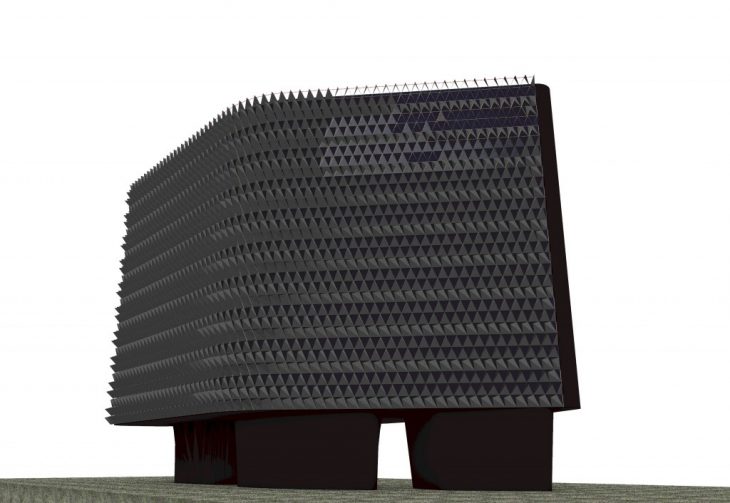
Iteration 1(a) – Partial Openings | Winter Season
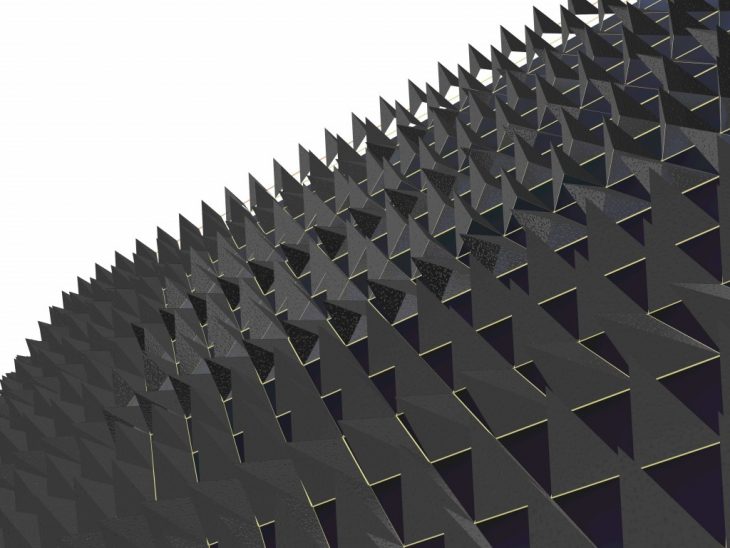
Iteration 1(b) – Partial Openings | Winter Season
ITERATION 2 –
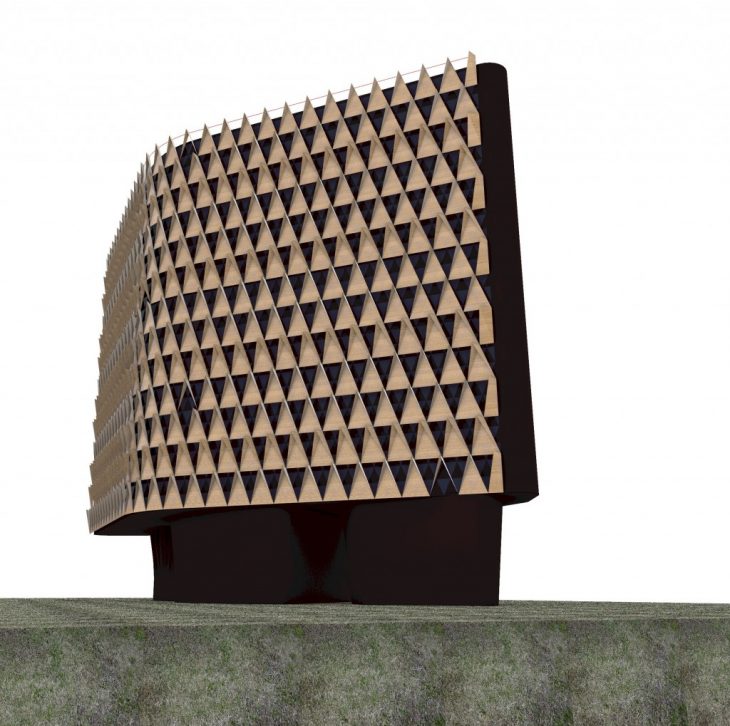
Iteration 2(a) – Optimal Openings
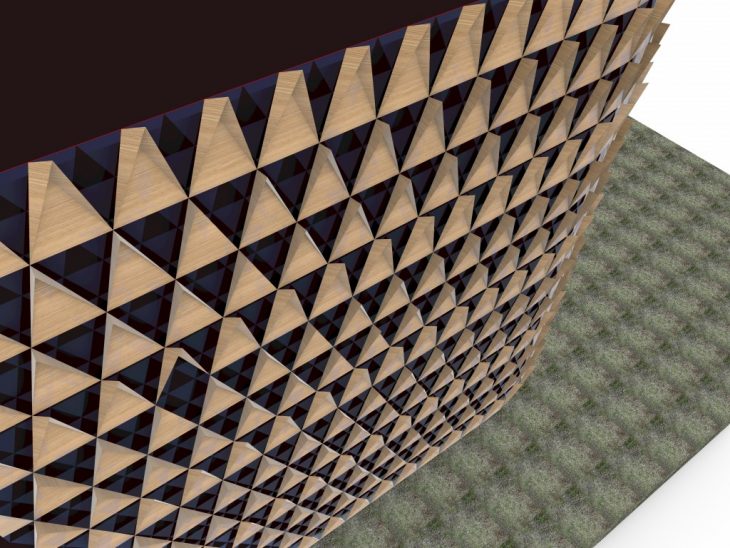
Iteration 2(b) – Optimal Openings
ITERATION 3 –
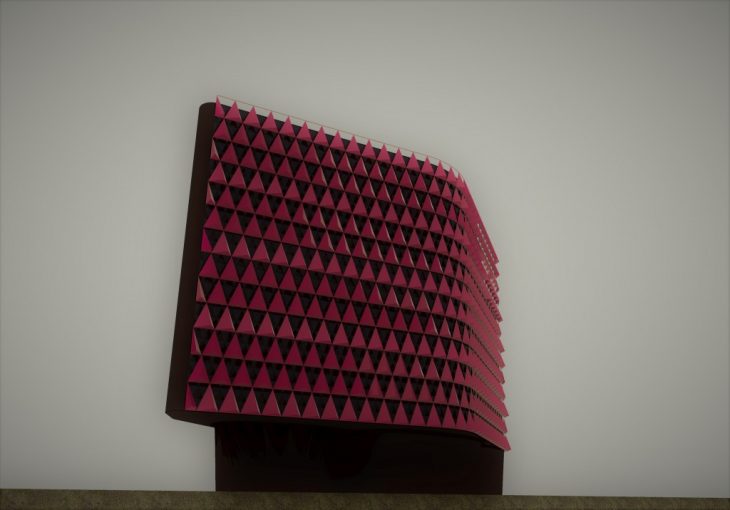
Iteration 3(a) – Openings closed | Summer months
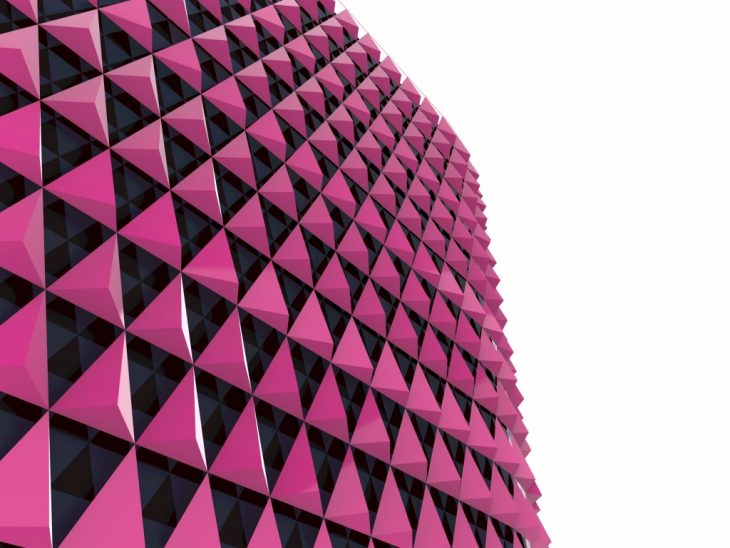
Iteration 3(b) – Openings closed | Summer Months
Parametric Facade || Revolving Brick Serai is a project of IaaC, Institute for Advanced Architecture of Catalonia developed at the Master in Advanced Architecture in 2018 by:
Student: Pratik Girish Borse
Faculty: Rodrigo Aguirre, David Andres Leon
Assistant: Daniil Koshelyuk
